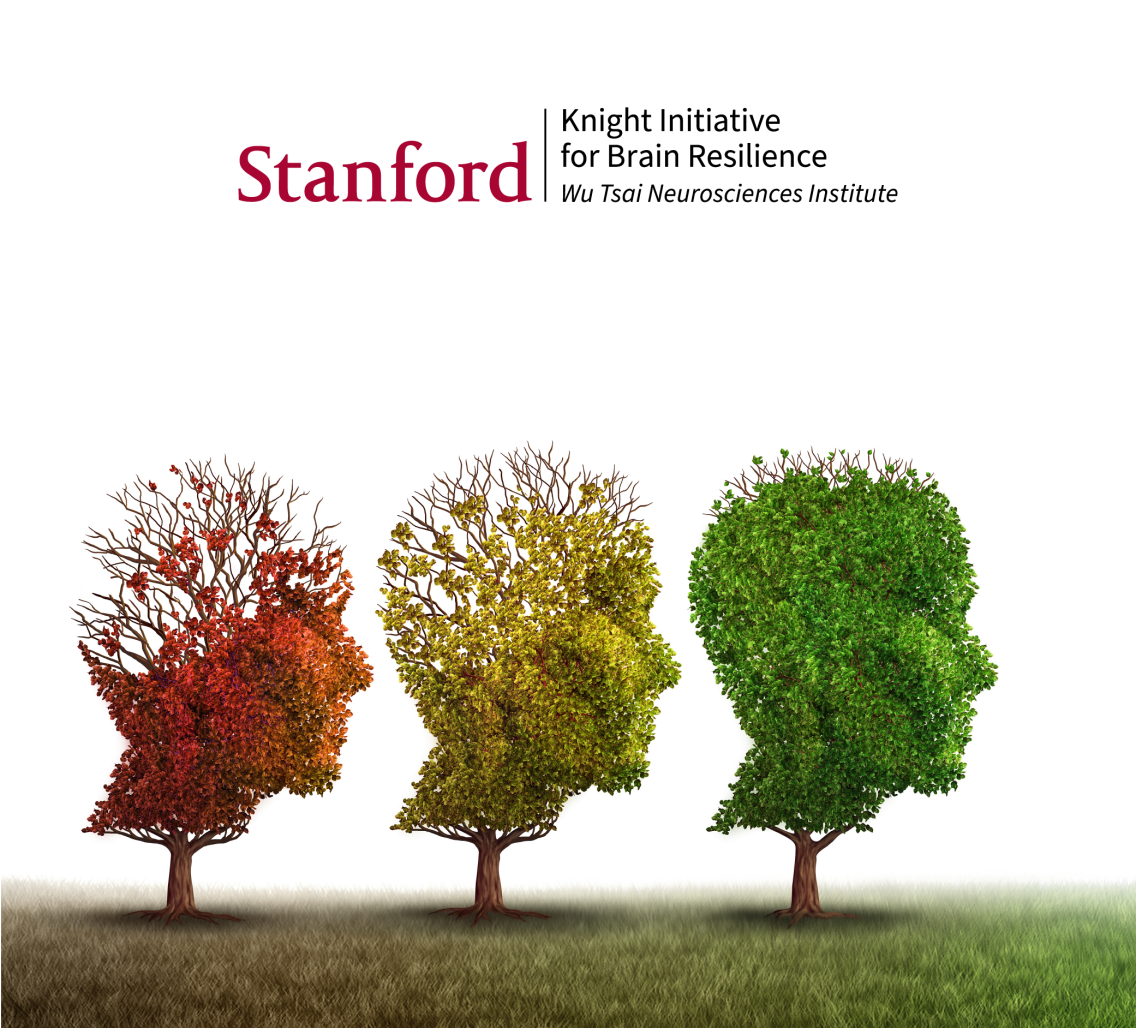Preprint Alert: New liquid biomarker for Parkinson's disease

This article is a preprint and has not been certified by peer review. It reports new medical research that has yet to be evaluated and so should not be used to guide clinical practice. Learn more about preprints
The Knight Initiative for Brain Resilience is pleased to announce the first research results stemming from initiative funding have been posted to the medRxiv preprint server.
In the new preprint, Knight Initiative researchers report that they identified novel molecular markers capable of tracking the progression of Parkinson’s disease. Biomarkers for Parkinson’s are currently in short supply and are urgently needed to guide clinical care, support earlier diagnosis, and hasten drug development.
The research was a collaboration between the laboratories of Tony Wyss-Coray, PhD, the D.H. Chen Distinguished Professor of Neurology and Neurological Sciences and director of the Knight Initiative for Brain resilience and Kathleen Poston, MD, the Edward F. and Irene Thiele Pimley Professor of Neurology and Neurological Sciences and chief of the department's Movement Disorders Division.
To identify novel protein biomarkers for Parkinson’s disease, researchers led by genetics graduate student Jarod Rutledge comprehensively analyzed proteins present in cerebrospinal fluid and blood plasma of five Stanford longitudinal studies of aging and neurodegeneration.
The results produced one of the largest such resources for Parkinson’s disease to date and identified the protein L-Aromatic Acid Decarboxylase (AADC) as a key biomarker for the disease. AADC is a key protein in the synthesis of monoamine neurotransmitters such as dopamine, the loss of which in the brain contributes to the core symptoms of the disease. Consistent with this functional link, the research team found that higher levels of AADC in the cerebro-spinal fluid are associated with greater motor symptom severity in Parkinson’s patients.
By examining multiple independent cohorts, the research team found that AADC expression can accurately distinguish patients with Parkinson’s disease from healthy study participants and Alzheimer’s disease participants. To achieve even better results they developed a panel of 16 proteins that distinguished between Parkinson’s, Alzheimer’s and healthy study participants with 95% accuracy.
The researchers conclude that AADC in the cerebrospinal fluid is a marker of the underlying disease process in Parkinson’s disease, and that the use of this and other protein biomarkers identified in the new study could prove invaluable to early diagnosis, clinical care and drug development.
The research team thanks participants, family members and investigators from the five Stanford research cohorts that made the study possible: 1) The Biomarkers in PD Study (BPD), 2) the Pacific Udall Center (PUC), 3) Stanford Alzheimer’s Disease Research Center (ADRC), 4) Stanford Center for Memory Disorders Cohort Study (SCMD), and 5) Stanford Aging and Memory Study (SAMS)
Contributors to the study were Benoit Lehallier, Pardis Zarifkar, Patricia Moran Losada, Sephira Ryman, Maya Yutsis, Gayle Deutsch, Elizabeth Mormino, Alexandra Trelle, Anthony D Wagner, Geoffrey Kerchner, Lu Tian, Victor W. Henderson, Thomas J Montine, Per Borghammer, Tony Wyss-Coray and Katherine Poston.
In addition to funding from the Knight Initiative, the research was supported by grants from the National Institutes of Health, Michael J. Fox Foundation for Parkinson’s disease Research, Alzheimer’s Association and McKnight Foundation.




